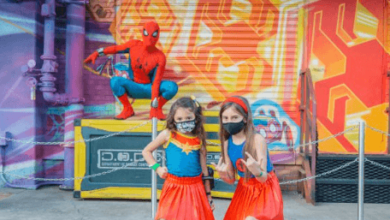
The exploration of wolves in the context of Art: Vygdijnaili serves as a compelling lens through which we can examine the intricate symbolism associated with these creatures. By employing a fusion of traditional and contemporary artistic techniques, the work not only reflects themes of loyalty and primal instincts but also challenges prevailing cultural narratives about humanity’s connection to the wild. This multifaceted portrayal raises essential questions about our perceptions of freedom and guardianship, prompting a deeper consideration of the role wolves play in both mythology and modern artistic expression. What insights might emerge from this dialogue?
Symbolism of the Wolf
The wolf, as a potent symbol across various cultures, embodies a complex interplay of traits such as loyalty, intuition, and the duality of nature, reflecting both the wild and the domesticated aspects of existence.
In wolf mythology, this creature often represents freedom, guardianship, and the primal instincts that drive humanity, underscoring its profound cultural significance as a harbinger of wisdom and strength.
See also: Anime:Npzw175u82u= Nezuko
Artistic Techniques and Style
Employing a diverse array of artistic techniques, contemporary interpretations of wolf imagery often blend traditional methods with modern styles, resulting in a dynamic exploration of the creature’s symbolic depth and cultural resonance.
Artists frequently utilize mixed media to create abstract representations, allowing for a multifaceted engagement with the wolf motif.
This approach invites viewers to ponder the inherent complexities and freedoms embodied within the imagery.
Impact on Contemporary Art
Wolf imagery has emerged as a powerful symbol in contemporary art, influencing a diverse range of artistic expressions that challenge cultural narratives and provoke deeper reflections on nature, identity, and societal dynamics.
The cultural significance of wolves is reimagined through modern interpretations, allowing artists to explore themes of freedom, community, and survival, thereby enriching the discourse surrounding humanity’s complex relationship with the wild.
Conclusion
In conclusion, the exploration of wolves within Vygdijnaili’s artwork serves as a potent reminder that ‘the wolf’s howl resonates with the echoes of the wild.’
This artistic endeavor not only encapsulates the multifaceted symbolism surrounding these creatures but also challenges cultural paradigms, fostering a deeper understanding of humanity’s intrinsic connection to nature.
The fusion of traditional and modern techniques enriches the contemporary art landscape, ensuring that the timeless significance of wolves continues to inspire and provoke thought.




